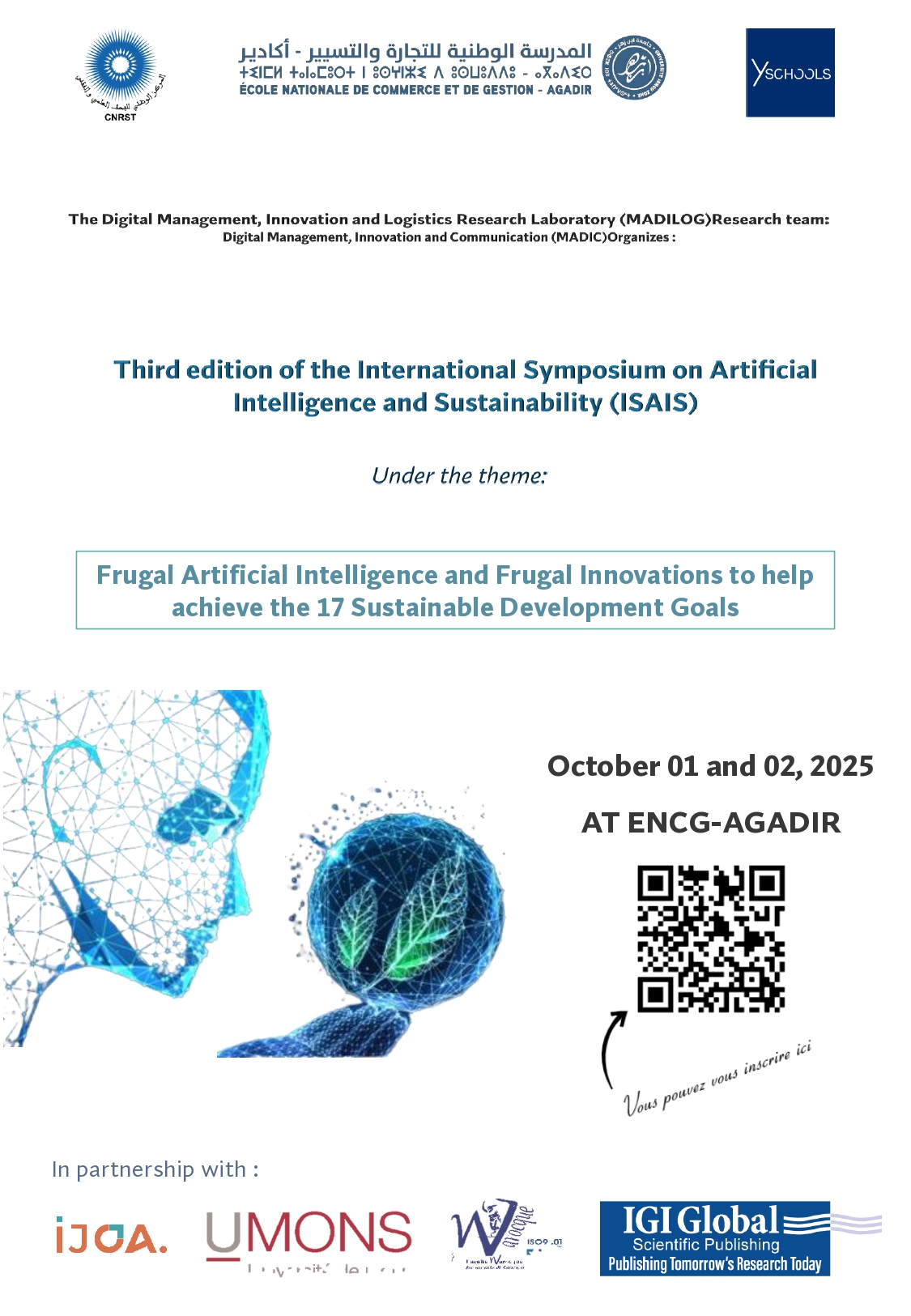IJDAM • International Journal of Digitalization and Applied Management
eISSN: 2976-0453
Journal DOI+: 10.23882/IJDAM
![]()
NMd, Núcleo Multidisciplinar
ELENCO MUTANTE, Publisher

Author’s Guidelines
1. General guidelines
Manuscripts should have a 2.5 cm margins on all sides (Top/Bottom, Left/Right), with single spacing throughout, including the references. Tables should, also, be single. Paragraphs should be justified. Font Garamond, size 12.
The document will not exceed 8 500 words including notes, annexes and bibliographic references. Only works written in English, French, Portuguese or Spanish are accepted.
The document must be presented in Microsoft Word format. Font Garamond.
All manuscripts must attach as a complementary file with a presentation sheet that clearly shows:
The title must be a short and informative title, describing the main conclusion of the article. Preferably, it should not exceed 15 words. It should not include little-known slang, acronyms, or abbreviations. Titles are often used in information-retrieval systems. Avoid abbreviations and formulae where possible.
The abstract should accurately reflect the content of the paper. Therefore, in a maximum of 180 words, the following shall be stated:
A minimum of five (5) keywords must be included, avoiding general and plural terms and multiple concepts (avoid, for example, 'and', 'of').
These keywords will be used for indexing purposes, they are a main resource for search and retrieval of articles, so the more precise they are, the more possibilities there are to improve the visibility indicators and citation of your article.
The article will start on the next page, preceded at the top only by the title and presenting the following structure (Bold font). Example:
–Introduction.
- Conclusions.
-References.
The Introduction, Conclusions and References are not numbered. Second and third level titles are numbered (example: 1.1. ; 2.1; 3.1…).
The equations will be numbered consecutively in the right margin.
Both direct and indirect citations should include the source from which the information was drawn. In the case of digital citations, the reference must indicate the page of the source consulted and the date.
When incorporating direct quotations of less than 50 words, it's essential to enclose them within quotation marks both at the beginning and end of the quoted segment. Any quotations surpassing this length should be formatted as a block quote, separated from the main text, and displayed in single spacing without quotation marks. Neglecting to adhere to this guideline could be interpreted as plagiarism.
You must list all and only the sources cited in the body of the work.
Your presentation should follow the standards of the American Psychological Association (APA) in its edition 7. We suggest the use of software such as that included in Microsoft Word, or that offered by Mendeley or EndNote.
##section.default.policy##
The names and email addresses entered in this journal site will be used exclusively for the stated purposes of this journal and will not be made available for any other purpose or to any other party.
IJDAM • International Journal of Digitalization and Applied Management
eISSN: 2976-0453
Journal DOI+: 10.23882/IJDAM
![]()
NMd, Núcleo Multidisciplinar
ELENCO MUTANTE, Publisher


Performance et Innovation Managériale dans un Monde en Transformation Digitale
eBook Open Access ⯈ PDF ⯇

DOI: https://doi.org/10.23882/eb.24.792962

Symposium international sur l'intelligence artificielle et la durabilité (ISAIS). Thème : L'intelligence artificielle frugale et les innovations frugales au service de la réalisation des 17 objectifs de développement durable. Les 1er et 2 octobre 2025. À l'ENCG-AGADIR, Université Ibn Zohr, Maroc.
Accéder au fichier PDF - Appel à communications ISAIS2025:
https://drive.google.com/